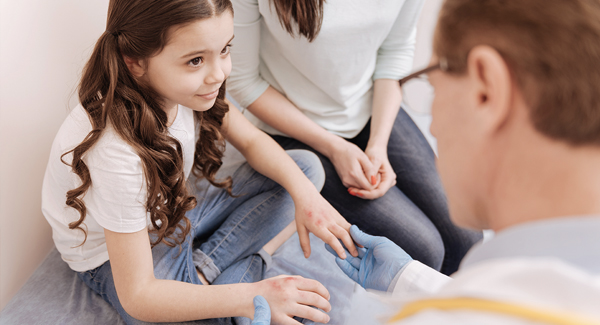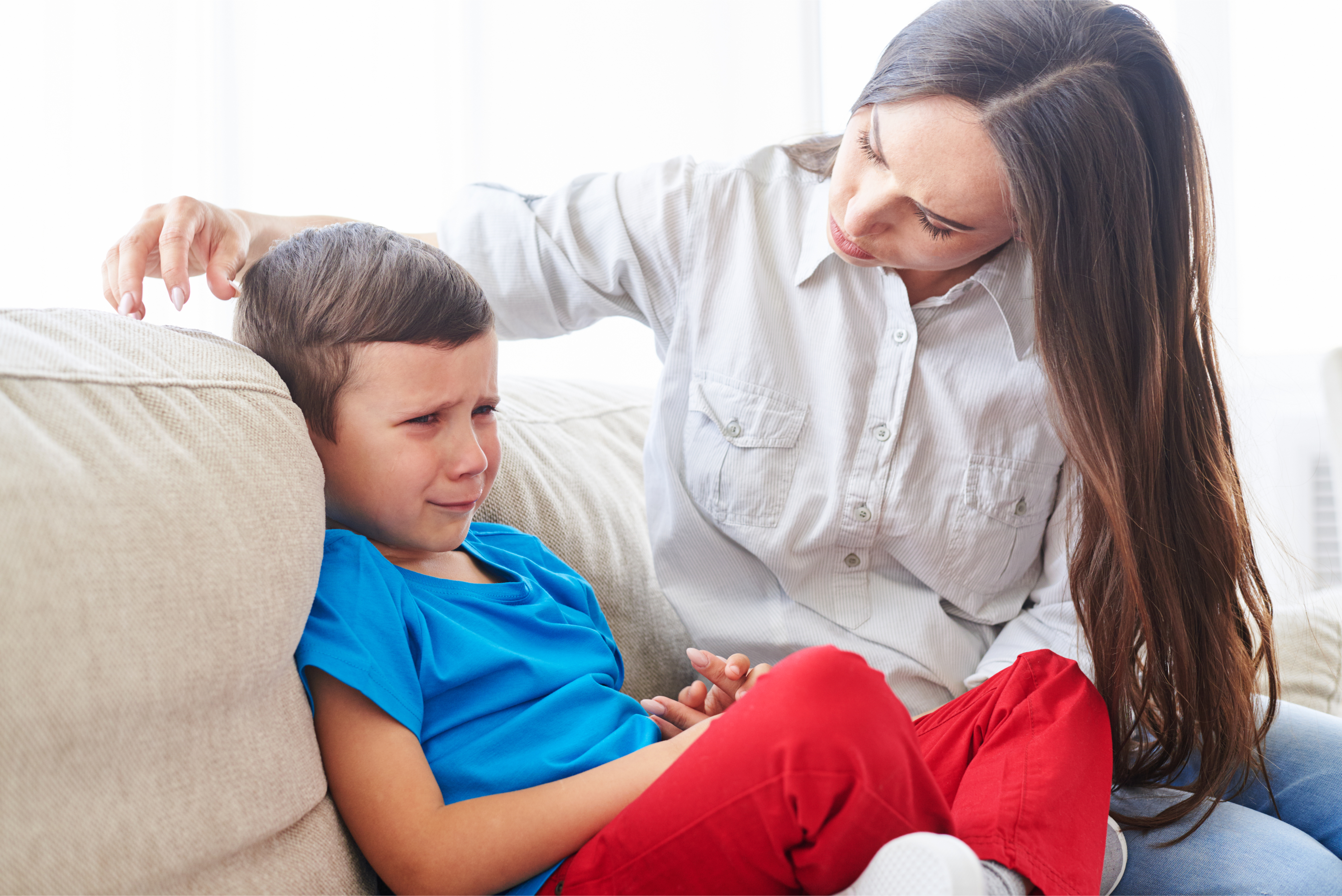Juvenile Ankylosing Spondylitis
Juvenile ankylosing spondylitis primarily affects the spine and the sites where tendons attach to bone.
Juvenile ankylosing spondylitis (JAS) is a type of inflammatory arthritis that mostly affects the spine, but also the entheses. These are the places where tendons, muscle and ligaments attach to the bone. JAS is also a systemic disease, which means it may affect other body parts and organs. The disease tends to run in families and is more common in boys than girls.
Researchers believe the disease is triggered when children with the gene are exposed to a virus, bacteria or other outside factor.
- Pain, swelling, redness and warmth in the toes, heels, ankles, buttocks, knees, rib cage, upper spine, shoulders and neck.
- Back pain during the night or early morning.
- Stiffness in the morning or after long periods of inactivity.
- Shortness of breath.
- Stooped posture.
- Fatigue.
- Mild fever.
- Appetite loss.
Other parts of the body can be affected by JAS, including:
- Eyes. Dryness, pain, redness, sensitivity to light and trouble seeing caused by chronic eye inflammation (uveitis or iritis).
- Digestive Tract. Chronic inflammation may lead to inflammatory bowel disease, causing abdominal pain and diarrhea.
There is no single test to diagnose JAS. The doctor will ask about medical history, perform a physical exam and order laboratory tests to rule out other causes of joint pain.
- Medical history. The doctor will ask about symptoms, when they started, if they come and go, current medical conditions, medication use and whether family members have arthritis.
- Physical examination. The doctor will look for signs of tenderness, swelling and pain in the joints, including the spine, wrists, knees and feet. He or she may also check the eyes.
- Blood tests. The doctor may order a test for the HLA-B27 gene, C-reactive protein (CRP), erythrocyte sedimentation rate (ESR or sed rate), and comprehensive metabolic panel tests.
- Imaging tests. The doctor may order X-rays, ultrasound, MRI or CT scans of the pelvis and spine to look for signs of damage.
- Relieving pain and stiffness.
- Preventing spinal deformity.
- Preventing joint and organ damage.
- Preserving joint function and mobility.
- Improving quality of life.
Early, aggressive treatment is the key to preventing long-term complications and joint damage. A well-rounded treatment plan includes medication, nondrug therapies, healthy lifestyle habits and rarely, surgery.
Treatments
Medications
• Nonsteroidal Anti-Inflammatory Drugs (NSAIDs)
These are the most commonly used drugs to treat JAS and help relieve pain. They include over-the-counter drugs, such as ibuprofen (Advil) and naproxen (Aleve), as well as prescription drugs, such as indomethacin, diclofenac or celecoxib.
• Disease-Modifying Antirheumatic drugs (DMARDs)
Many children will be prescribed a DMARD to reduce disease activity, ease pain and stiffness, and reduce swelling. Traditional DMARDs, such as sulfasalazine and methotrexate, work by suppressing the immune system so it doesn’t attack the joints.
• Biologics
A type of DMARD, biologics target certain steps or chemicals in the inflammatory process to control disease activity. Biologics are self-injected or given through the vein at a medical facility.
• Corticosteroids
These quick-acting, anti-inflammatory drugs (prednisone for example) are used for the shortest time and the lowest possible doses because of their side effects, including growth problems in children. Sometimes, doctors use them to manage the disease until other medications start working. They work best for arthritis in places other than the spine, because they don’t reduce pain or stiffness in the spine.
Physical Therapy and Assistive Devices
Exercise
Low-impact exercises – including walking, swimming, biking and yoga – are best. Stretching exercises, especially after a warm bath or shower, can also help ease pain and relieve stiffness.
Surgery
Self-Care
There’s no special diet for JAS. But, eating the anti-inflammatory foods found in a Mediterranean diet (fatty fish, fruits, vegetables, whole grains and extra virgin olive oil) and limiting fatty, sugary and processed foods may help.
Good posture can help ease pain and stiffness. Adjust desk chair and/or computer monitor so it is at eye-level. Alternate between standing and sitting and use a cushion to support a painful back. Avoid “texting neck” when using a cellphone (tilting the neck down to read texts).
Living with a chronic illness can contribute to emotional distress and even depression, but friends and family can provide support during tough times. Kids with JAS can meet others like them at various Arthritis Foundation JA events held throughout the year.
Teens may also participate in the Foundation’s iPeer2Peer program, which matches a young adult mentor with arthritis to a teen with the disease. Therapists and psychologists can also help kids deal with tough emotions and teach positive coping strategies.
JAS affects roughly 2 to 3 times more boys than girls
People with ankylosing spondylitis have the HLA-B27 gene
10 to 20 percent of adult ankylosing spondylitis cases start in childhood
Stay in the Know. Live in the Yes.
Get involved with the arthritis community. Tell us a little about yourself and, based on your interests, you’ll receive emails packed with the latest information and resources to live your best life and connect with others.


